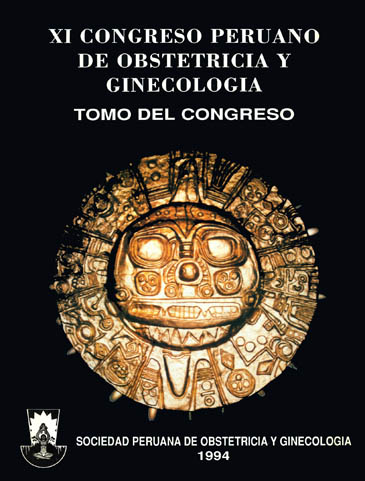Evolution of maternal mortality in the southern cone of Lima
DOI:
https://doi.org/10.31403/rpgo.v40i1441Abstract
A descriptive study of maternal deaths in the Maria Auxiliadora Hospital from October 1986 to December 1992. During this period 31 have died 64 women out of 27540 live births occurs, representing a rate of 232 deaths 100 000. The most frequent ages were between 20 and 24 years and parity was predominantly less than 3. Social factors marital status, level of education and occupation have confirmed the findings of other authors. In most there was no birth control or this was insufficient. 60% of deaths occurred in the postpartum period. The direct cause of death predominated (68.5%) where he highlighted the puerperil infection, toxemia, abortion and bleeding. Indirect causes accounted for 29.7%, with first tuberculosis. One case of maternal death is recorded incidental causes. Clearly, the maternal mortality rate is declining significantly, however stands 73.3% of avoidable deaths.Downloads
Download data is not yet available.
Downloads
Published
2015-07-18
How to Cite
Távara Orozco, L., & Chumbre Ruíz, O. (2015). Evolution of maternal mortality in the southern cone of Lima. The Peruvian Journal of Gynecology and Obstetrics, 40(2), 99–104. https://doi.org/10.31403/rpgo.v40i1441
Issue
Section
Congreso
















